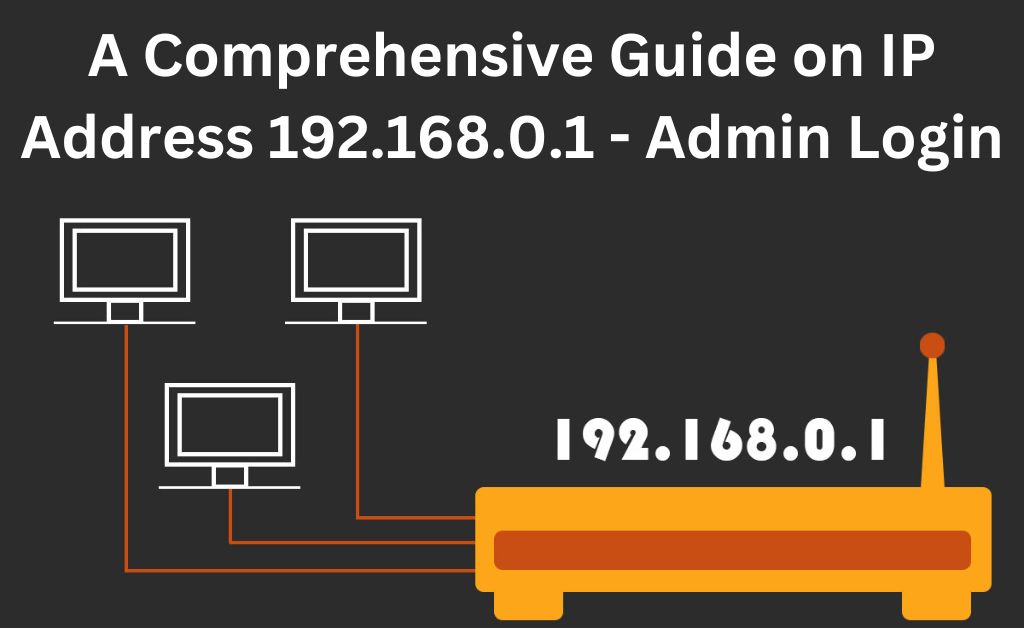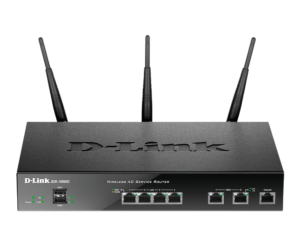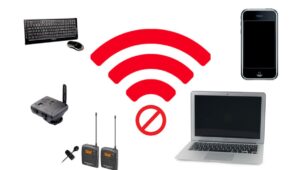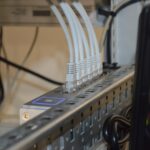Devices with network connectivity come with either a public or a private IP address. For routers, it’s a private IP address, and it’s not unique by default. Most router manufacturers prefer a common set of IP addresses for routers, and you can use them for your private networks, such as home or office networks.
An example of such a widely-used IP address is 192.168.0.1. It’s a common IP address, and you might have come across it for Netgear, D-Link, TP-Link, and other branded routers. But, the question is, what can you do with 192.168.0.1? You can access the router’s admin or control panel if your router comes with this default IP gateway.
Your router’s admin panel is the entrance to its diverse settings. You can change your network’s username, password, parental controls, MAC filtering, and create guest networks.
Let’s learn how to log into your router’s control panel using 192.168.0.1.
Default Login Credentials for 192.168.0.1
Login credentials are extremely important for any router’s gateway to its admin panel. We have found 5 different username and password combinations depending on different routers and their models. You can try them one by one at the time of logging in.
Almost 43% of 192.168.0.1 routers come with username- admin and password- admin. The next popular credential combination is the username- admin and password- password. While 17% of 192.168.0.1 routers can have usernames and admin as passwords.
On the other hand, you can try blank as the username and Admin as the password for your 192.168.0.1 router. If that doesn’t work, try admin as the username and keep the password entry blank.
However, specific 192.168.0.1 routers might come with a dedicated username and password combination. You can flip your router upside down and look for a label where the username and password might be mentioned. Additionally, you can use the router’s user manual to learn about its gateway username and password.
What if it’s a second-hand router or you have forgotten its username and password for login? Well, you have to reset the router to its default factory settings. After that, you can start the login process from scratch.
How to Log into your 192.168.0.1 Router’s Control Panel?
You might have probably connected your router to its power adapter. Additionally, you have to connect the router to the modem. You can enter the router’s admin panel after you connect the router to a particular device. It can be any networking device, such as computers, smartphones, tablets, etc., on which you can use a web browser.
You can wirelessly connect your smartphone, tablet, or mobile devices to the router. Whereas you can use both wired and wireless mediums to connect your computer to the 192.168.0.1 router. Make sure you use a compatible Ethernet cable to connect the router to the computer.
Otherwise, you must look for available wireless networks on your computer or any other device. Click on your router’s SSID and enter the corresponding Wi-Fi password. Once you have connected to the router, you can carry on with the following steps to log into the router’s control panel.
Enter the IP Address
Open up a web browser on your computer or any other network-enabled device. It can be your system’s default browser, Google Chrome, Safari, Mozilla Firefox, Opera, or anything else. Go to the address bar once you have launched the web browser.
Type or copy-paste the following IP address: 192.168.0.1. Alternatively, you can also type in ‘http://192.168.0.1”. Or else, you can head towards your router’s user manual to check if it’s the right IP address of your router by default. You can also look out for any mentioned web address for entering the admin panel. However, you must hit the Enter key once you are typing the IP address.
Provide the Login Credentials
After you hit the Enter key, you might witness the login panel of your router. There should be dedicated areas where you can provide the username and password. You can use the above-mentioned combinations for username and password. Or else, you can look for a specialized or custom username and password for your router. It should be on the router’s label or inside the router’s user manual.
You must provide a default username and password if it’s your first time logging into the router’s admin panel. In addition, you are allowed to change your router’s configuration, such as SSID, password, IP address, and more. If you have forgotten your router’s username and password, try resetting the router.
However, enter your router’s specific username and password carefully. Next, you must click the Login, Submit, or similar button. This should take you to the control panel interface of your router.
What can You do with the IP Address 192.168.0.1?
After gaining access to your router’s control panel, you should change the Wi-Fi SSID and password. The control panel through 192.168.0.1 offers you the authority to change your router’s gateway username and password. Moreover, you can change your router’s IP address. Often, users prefer multiple routers and networking devices.
Purchasing networking components from the same brand might lead to IP conflict, so you can change your router’s IP address. Head towards your router’s settings under Setup or Network Setup configuration to assign a new IP address.
Moreover, you can add filtering and monitoring parental control for your router. This allows you to have strict monitoring of everything your children are watching. Test your router’s offered parental controls to find out the best configuration.
Conclusion
The 192.168.0.1 IP address can help you to update your router’s firmware. Updating the router’s firmware is extremely important to keep your router updated with the latest functionality and security check-ups. Therefore, log into your 192.168.0.1 today to configure the router at your convenience. Processes of router configuration might vary from one manufacturing brand to another.







